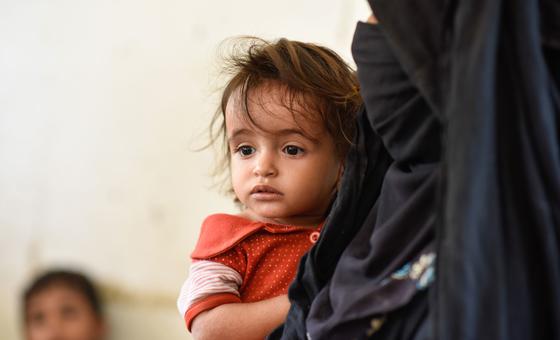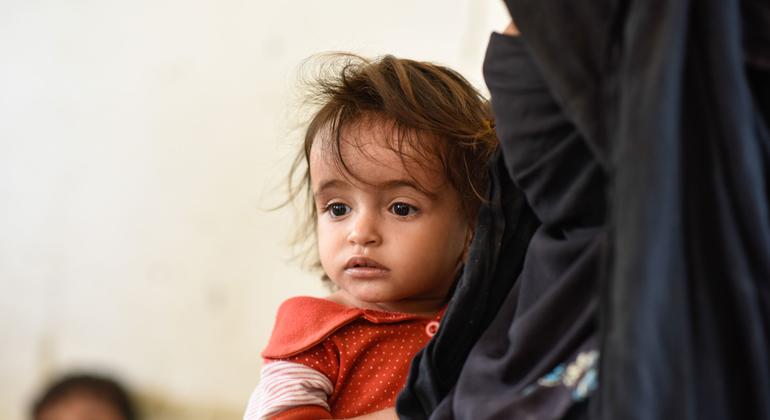
Nearly a decade of fighting between Government forces, backed by a Saudi-led coalition, pitted against Houthi rebels who control much of the country, has left 18.2 million Yemenis in need of life-saving assistance and protection, and 17.6 million are estimated to face acute food insecurity.
The 2024 Humanitarian Response Plan (HRP) is based on robust consultations across the country involving those affected, authorities and institutions, aid workers, and development partners at both the local and national levels.
It also reflects the way the humanitarian community will adapt operations in a context of limited funding and access constraints.
‘A critical juncture’
“Yemen is facing a critical juncture and has a unique opportunity to take a decisive step away from the humanitarian crisis by addressing the drivers of need,” said Peter Hawkins, interim UN Resident and Humanitarian Coordinator in the country.
“While regional conflict dynamics have introduced additional risks, the humanitarian community remains committed to stay and deliver.”
Following the start of the war in Gaza last October, Houthi rebels have been launching attacks on commercial ships in the Red Sea, affecting global trade and increasing geopolitical tensions.
The United States, United Kingdom and other countries have responded with counterstrikes.
Save lives, build resilience
The HRP emphasizes collaboration with development partners to support livelihoods, basic services, and economic conditions to build long-term solutions, in line with the $1.3 billion UN Sustainable Development Cooperation Framework (UNSDCF) for Yemen for the period from 2022-2025.
“We must not turn our backs on the people of Yemen. I am appealing to donors for their continued and urgent support to save lives, build resilience, and also to fund sustainable interventions,” Mr. Hawkins said.
Humanitarians reported that child mortality in Yemen slightly improved in 2023 following years of sustained assistance. However, the country is seeing some of the highest malnutrition rates ever recorded.
Nearly half of all children under age five are experiencing moderate to severe stunting – impaired growth and development from poor nutrition – and the situation continues to worsen.
Additionally, 12.4 million people lack sufficient access to safe drinking water, increasing the risk of infectious diseases, while more than 4.5 million school-age children are not in the classroom.
An estimated 4.5 million people across Yemen are currently displaced, one-third of whom have been uprooted more than once.
Humanitarian hub in Ta’iz
Relatedly, the International Organization for Migration (IOM) has established a humanitarian hub in Ta’iz governorate in southern Yemen to boost access to critical services and support vulnerable communities.
The region faces significant challenges, including a water crisis, collapsed healthcare systems, and limited access to humanitarian assistance.
IOM has been providing crucial services to displaced communities there for more than three years, serving around 10,000 people across 13 sites.
The hub will provide a secure operational base for humanitarian partners, to help address urgent needs in Ta’iz, while allowing IOM to scale up its support and help communities to recover and rebuild.
The agency’s work includes camp coordination and camp management, site maintenance and implementing community feedback mechanisms.
IOM has also conducted women’s empowerment initiatives across eight sites that it manages, engaging 200 women in on-the-job training and literacy activities, while some 170 young people across eight sites have taken part in sports programmes.
Other activities include ongoing flood reduction efforts and infrastructure enhancements at 12 sites and school rehabilitation projects that promote coexistence between displaced and host communities.



